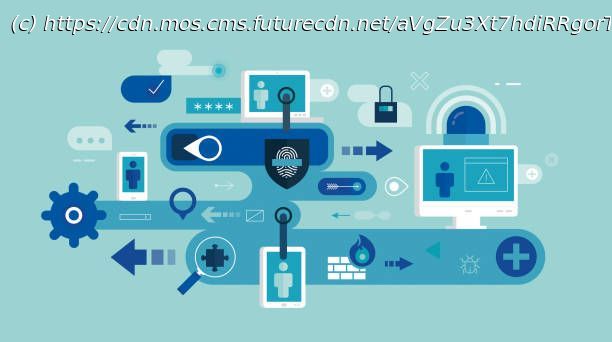Safeguard your network in an evolving landscape
As networks evolve, so do the threats from cyberattackers. New network-capable devices mean new attack vectors for malware, ransomware, and unauthorized access attempts.
Laptops, phones, smart devices, IoT equipment, and even TVs are no longer simply “network devices” – they’re endpoints. The game has changed, which is why endpoint security solutions are necessary. If you are assessing endpoint protection tools, they should have several specific features.
Reader offer: Save 53% on Avast One Gold Plan for the First Year
Avast One is a comprehensive all-in-one service designed to protect businesses from a wide range of cyber threats. With features such as antivirus, privacy tools, clean-up utilities, and identity theft protection, Avast One ensures robust security across all fronts.What Is Endpoint Security?
Typical networks are comprised of computers, laptops, and printers. Previously referred to as “network devices,” the definition has changed over the past few years. Whereas 20 years ago, few mobile devices had access to a corporate network, now they’re probably as common as a laptop.
Consider the use of virtual machines, smart devices and Internet of Things (IoT) hardware, and network-based security equipment – they all communicate with the network. These endpoints also need security, usually delivered in the shape of endpoint protection solutions.
Various such solutions are available for a modern network. If you’re evaluating endpoint protection for your network, candidate suites should include the following:
Firewalls, ringfencing, and network control
Cloud storage and USB protection
Malware detection and removal
Ransomware detection
Allowlisting
Server and storage access control
Elevation control
Threat detection
Endpoint device tracking
Single management dashboard
Compliance
With these features, an endpoint protection suite can be relied upon to ensure your network is robust and secure. 1. Firewalls, Ringfencing, and Network Control
The most obvious feature of an endpoint protection solution is the firewall. A modern firewall within a network of endpoints has more specific tasks than a traditional firewall, however.
Because users no longer work purely in the office, the corporate hardware firewall no longer offers the protection it did. But that doesn’t mean there is no place for firewalls in endpoint security solutions.
Individual devices can be protected with access controls, with custom-built policies to protect access to a device.
With network endpoints becoming more diverse, a different type of protection is required. Like firewalls, ringfencing blocks network access to applications. The difference is that ringfencing operates to hem-in applications, preventing the exploitation of known (and unknown) vulnerabilities.
Relying on per-user and per-device policies, network access can be carefully managed.2. Cloud Storage and USB Protection
Endpoints are almost permanently attached to some form of cloud storage. This might be a local server, a leased server in the cloud, or an enterprise account with a major cloud provider.
Where cloud drives aren’t used for data storage and sharing, USB devices are the usual alternative. Both offer opportunities for cybercrime; USB devices as potential weak spots, and cloud storage is a target.
Cloud protection provides cloud-based storage and apps with defense against phishing, malware, and spam. Threats specifically targeting cloud storage should also be detected.
For USB devices, endpoint controls of devices means enabling or disabling anything that can be connected by USB. This could mean the complete ban of USB storage devices, with network-wide, device-, or user-targeted restrictions on accessing thumb drives. It can also go further, blocking any USB device you can think of, from input devices to printers, cameras, iPhones, and beyond.
If sensible solutions are to be found, endpoint security that supports cloud and USB controls is recommended.3. Malware Detection and Removal
Protecting devices and other endpoints across your network means having a malware detection and removal solution in place.
While awareness of the risks of malware is improving, users can still be duped. Adware and RiskTool were the biggest threats in 2023 (Statista), while various Trojan malware types were also prominent. Although malware attacks fell sharply in 2020, there has been a slow increase since, with 6.06 billion attacks recorded in 2023 (Statista).
Failure to remove malware expediently can result in considerable damage to all devices on a network.
Start
United States
USA — software 11 Essential Features Every Endpoint Protection Solution Should Have






